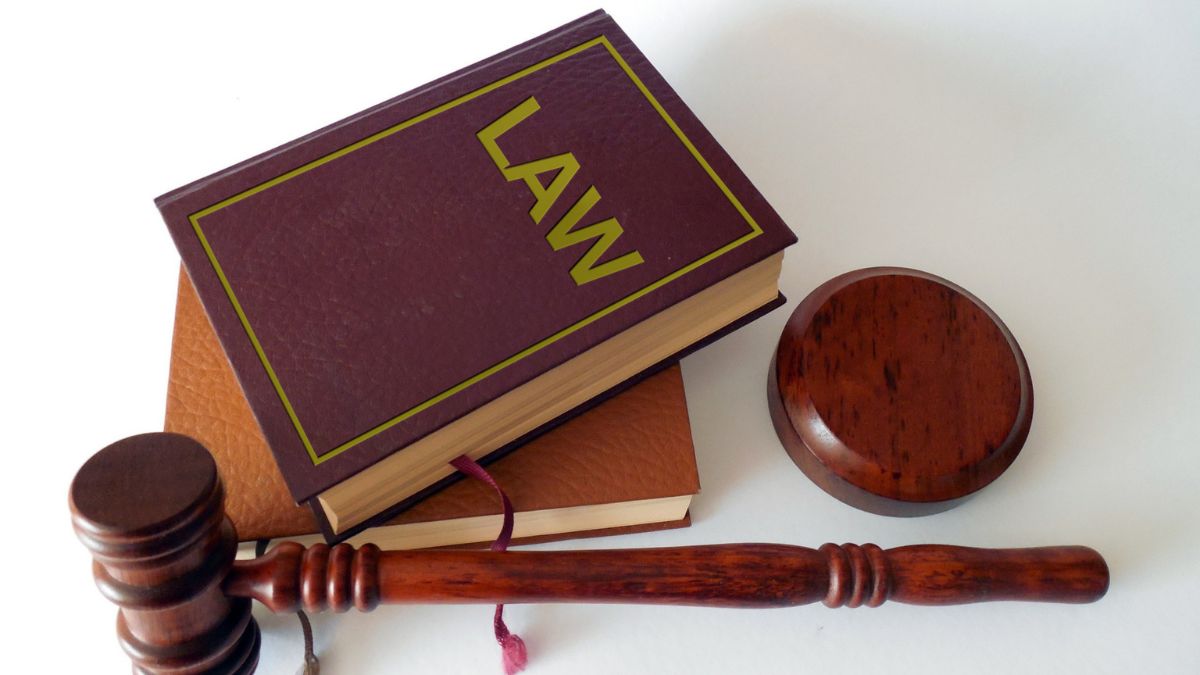Navigating the legal system can be daunting, especially when it comes to appeal cases. With their intricate processes and nuanced rules, appeals often leave individuals feeling confused and overwhelmed. Whether you’re exploring an appeal for the first time or simply looking to deepen your understanding of legal procedures, this blog provides a detailed explanation of what appeal cases entail, the steps involved, and the key legal complexities to consider.
By the end of this guide, you’ll have a clearer understanding of how appeals work and what to expect if you or someone you know is considering filing one.
What is an Appeal Case?
An appeal case occurs when one party involved in a legal dispute challenges the decision made by a lower court. Essentially, the party filing the appeal (known as the appellant) argues that the lower court’s ruling was incorrect due to a legal error, procedural mistake, or misinterpretation of the facts. Appeals are typically brought before higher courts, such as appellate courts, to review and determine whether the original decision should be upheld, reversed, or modified.
One critical aspect to note is that appeals are not retrials. Unlike a trial court, where evidence is presented and witnesses testify, appellate courts focus solely on reviewing the legal aspects of the case to determine if any errors affected the outcome.
Why Would Someone File an Appeal?
Appeals are filed for a variety of reasons. Here are the most common motivations behind seeking an appeal:
1. Procedural Errors
If the original trial was conducted improperly, such as an incorrect application of the law or mishandled evidence, the appellant may have grounds to argue that the trial’s outcome was unjust.
Example: If a judge improperly allowed inadmissible evidence to be presented to the jury, this could be grounds for appeal.
2. Misinterpretation of the Law
Sometimes, judges may apply laws incorrectly or fail to interpret statutes as intended. When this occurs, parties may seek an appeal to clarify or correct the legal reasoning.
Example: A business owner files an appeal after a judge incorrectly applies a tax law, resulting in an unfair financial penalty.
3. Disagreeing with the Verdict
While simply being unhappy with the verdict is insufficient grounds for an appeal, individuals can appeal if they believe the decision was not supported by the evidence presented.
Example: A convicted defendant appeals a criminal conviction, claiming the judge misdirected the jury on the legal standards required to prove guilt.
Key Steps in the Appeal Process
The appeal process can vary slightly based on jurisdiction, but the following steps are typical in most cases.
1. Filing a Notice of Appeal
The appellant begins the process by submitting a formal notice of appeal to the court. This document notifies the trial court, opposing parties, and the appellate court of the intent to challenge the decision.
Timeline: Deadlines for filing a notice of appeal can range from 10 to 30 days after the original ruling, depending on location. Missing this deadline often forfeits the right to an appeal.
2. Preparing the Record on Appeal
The record on appeal comprises all documents, evidence, and transcripts from the original trial. This ensures the appellate court has a complete view of the case as it was presented in the lower court.
3. Briefs Submission
Both parties provide written arguments—known as briefs—to the appellate court. The appellant’s brief outlines why the lower court’s decision should be overturned, while the appellee’s brief defends the original ruling.
Tip: Strong briefs rely on persuasive reasoning and clear citations of legal precedents or statutes.
4. Oral Arguments (Optional)
In some cases, appellate courts allow attorneys from both sides to present oral arguments to answer the judges’ questions directly and clarify points from their written briefs.
5. Appellate Court Decision
The appellate judges review the case and consider all arguments before issuing their decision. This may result in the original decision being upheld, reversed, or remanded (sent back to the lower court for further proceedings).
Legal Complexities to Understand
Appeals can be highly technical and involve several legal challenges. Here’s what you need to know about the complexities of navigating an appeal case.
1. Standard of Review
Appeals are reviewed based on specific legal standards, known as “standards of review.” These determine how much deference the appellate court gives to the original ruling.
- De Novo Review: For issues of law, appellate courts examine the case without considering the trial court’s conclusions.
- Clear Error Review: For factual findings, appellate courts will generally uphold them unless there is a clear error.
- Abuse of Discretion: For certain rulings, like evidentiary decisions, appellate courts assess whether the trial court abused its discretion in making the decision.
2. Limited New Evidence
Appellate courts do not accept new evidence or testimony. Their role is solely to review the trial court’s application of the law.
3. High Bar for Reversals
Appealing a decision is not easy. The appellant must prove that the legal error was significant enough to have affected the trial’s outcome. Minor errors without substantial impact will not lead to reversals.
4. Cost and Time
Appealing a case requires significant time and resources. The process of preparing briefs, assembling records, and awaiting decisions can span months or even years in complex cases.
Real-Life Example of an Appeal Case
Take the landmark U.S. Supreme Court case of Miranda v. Arizona (1966). The appellant, Ernesto Miranda, appealed his conviction, arguing that his confession should not have been admissible since he had not been informed of his right to remain silent or obtain legal counsel. The Supreme Court ultimately overturned the original conviction, setting a historic precedent and establishing the now-famous Miranda rights.
What to Consider Before Filing an Appeal
Before considering an appeal, ask yourself these key questions:
- Do you have valid grounds for an appeal? Merely disagreeing with the verdict is not sufficient.
- Is the cost worth the potential outcome? Appeals can be expensive and time-consuming.
- Do you have a strong legal team? Engaging experienced appellate attorneys increases your chances of success.
How to Move Forward
Appealing a case is often a last resort but can be crucial in ensuring justice is served when errors occur. If you’re considering an appeal, consult with a qualified attorney to evaluate your options and guide you through the complex process.
Navigating the legal intricacies of appeal cases requires expertise, patience, and preparation, but understanding the steps and complexities involved is the first step toward ensuring your rights are protected.










